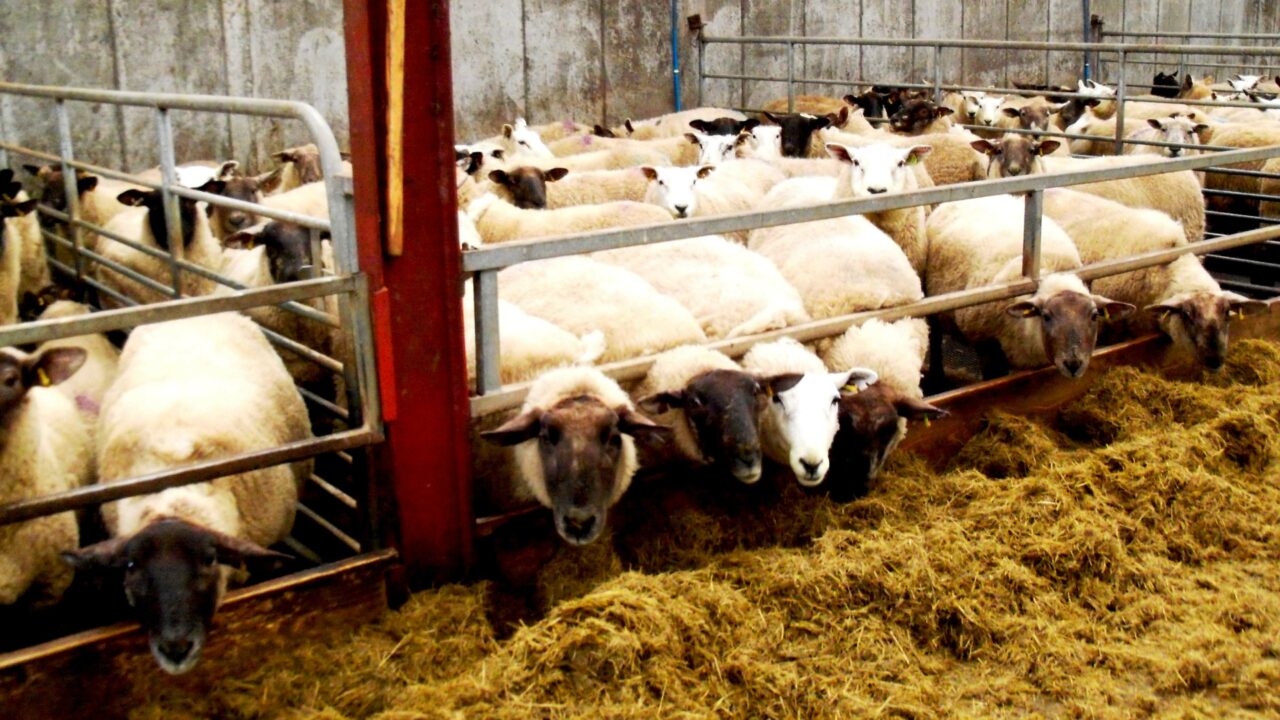“Overzealous trimming” of sheep carcasses is causing “considerable concern” among sheep farmers, the Irish Cattle Sheep Farmers’ Association (ICSA) has warned.
The farm lobby group has claimed that some farmers are reporting “a kilo or more of a difference” in kill-out weights among some factories.
John Brooks, chairman of ICSA Sheep Committee, has asked serious questions of the current system which, he says, leaves sheep farmers “at the mercy of factories“.
Carcass classification and carcass presentation (trim) for beef, pigs and sheep is governed by EU legislation. The regulations define the rules for the compulsory classification of beef and pigs.
However, unlike bovines and pigs, there is no EU legislative requirement for processors to classify sheep carcasses.
In a statement to AgriLand, Brooks said: “Sheep farmers have been operating for years under the assumption that somebody was watching our back.
“This is not the case, however. Shockingly, there is no EU legislative requirement for processors to classify sheep carcasses, as is the case for cattle.
Carcass trim, weights and grading are all at the discretion of the meat plant and, in some cases, this information is then manually inputted at a point in process, where farmers have no physical access or means of checking procedures or accuracy.
“Without any checks and balances in place, sheep farmers are at the mercy of the factories,” he said.
Brooks pointed to anecdotal evidence of vastly different kill-out weights and grades which, he says, are given across various meat plants.
“With margins so tight, every kilo counts. Indeed, in this day and age, it is scandalous that we should be expected to put up with no monitoring on carcass trim and unverified weights and grades.
“Inaccurate weights and grades can have a significant financial impact when bonuses and penalties are in play. Essentially they are playing around with farmers’ livelihoods,” he said.
Brooks also questioned the “relevance and validity” of ongoing data collection and research regarding sheep carcass weights and carcass grades, at farm level and at institutional research level.
As there is no standardised checking of trim and no oversight regarding weights and grading, where does that leave all this data?
“A lot of effort goes into making improvements aimed at overall performance and efficiency. All this effort would appear meaningless in light of factories essentially doing what they want once you hand over your animals,” he said.
The concerns have arisen following last month’s controversy that three meat plants were found to have carried out excessive trimming on a total of 19 beef carcasses throughout 2018: 11 at Kepak Clare; five at Emerald Isle Foods; and three at Kildare Chilling Company.
Inspections
In response to a recent parliamentary question on sheep carcass inspections from independent TD Michael Fitzmaurice, the Minister for Agriculture, Food and the Marine, Michael Creed, stated that there is “no legal basis” for any statutory inspections.
“My department gives guidance and training for the voluntary classification of sheep carcasses in the five factories.
“In the years 2016-2018 there were 80 visits conducted in this regard. No differentiation between adult sheep and lambs is made regarding sheep classification at factory level,” the minister said.
